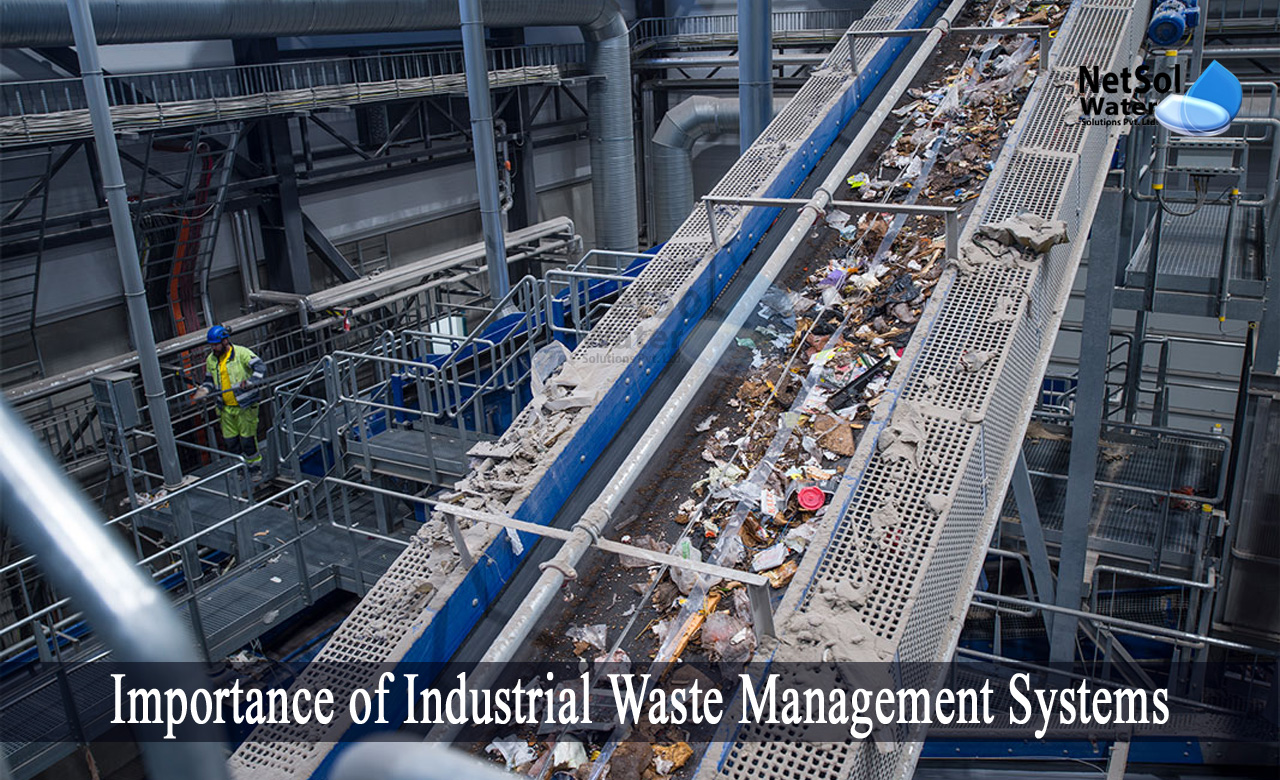What Does Reclaim Waste Mean?
Examine This Report about Reclaim Waste
Table of ContentsNot known Incorrect Statements About Reclaim Waste More About Reclaim WasteNot known Details About Reclaim Waste Fascination About Reclaim WasteReclaim Waste for Dummies
Check out the types, incidents, and forms of fluid waste. Domestic sewage waste describes the waste and items from a residential septic tank. This kind of waste is produced by human beings in residences, institutions, and other buildings. This only includes septic systems that have a drainpipe area. The correct monitoring and disposal of residential sewage waste need fluid waste to be moved to a sewage therapy plant where the appropriate approaches and equipment are put on purify and throw away waste.
Industrial waste usually includes potential hazards, such as flammable materials or a blend of liquid and solid waste products, and calls for a much more sophisticated and thorough disposal procedure. The disposal of industrial waste typically involves the filtering of waste prior to transport to ensure secure and proper disposal. Industrial waste is created from by-products and overflow of industrial processes and manufacturing.
This sort of waste can not utilize the exact same sewage monitoring transportation or procedures as septic or business fluids. The hazardous waste management process requires the evaluation and testing of fluid waste before it goes through the disposal process (liquid waste removal). Drainage waste is the fluid waste that comes from overflow and excess stormwater in very booming areas or cities
Drainage waste can trigger contamination and flooding if not dealt with effectively. Making sure proper waste management can stop catastrophes and reduce ecological damage.
Things about Reclaim Waste
Contact PROS Solutions today to find out about our waste management and disposal services and the correct means to care for the fluid waste you create.
(https://www.anyflip.com/homepage/imqzz#About)Do you know what happens to your water when you disengage, purge the toilet or drain the washing maker? No? Well, it deserves recognizing. This supposed 'wastewater' is not only a crucial source however, after treatment, will be released to our land, rivers or the ocean. Utilized water from toilets, showers, baths, kitchen sinks, washings and commercial processes is called wastewater.

water made use of to cool machinery or tidy plant and tools). Stormwater, a form of wastewater, is overflow that flows from agricultural and city areas such as roofings, parks, gardens, roadways, paths and seamless gutters into stormwater drains, after rain. Stormwater moves untreated straight to regional creeks or rivers, ultimately getting to the ocean.
Facts About Reclaim Waste Revealed
In Queensland, a lot of wastewater is treated at sewage therapy plants. Wastewater is delivered from residential or industrial sites via a system of sewers and pump stations, recognized as sewerage reticulation, to a sewage treatment plant. City governments develop, keep and run most sewer therapy plants. Operators are accredited under the Environmental Defense Act 1994 to release cured wastewater at an appropriate official website ecological criterion right into rivers.
The Department of Natural Resources encourages city governments about handling, operating and keeping sewage systems and treatment plants. In unsewered areas, city governments may require householders to mount private or house sewage treatment systems to deal with residential wastewater from toilets, kitchens, restrooms and laundries. The Division of Natural Resources authorises using house systems when they are confirmed to be efficient.
In some new subdivisions, therapy of some stormwater to remove clutter, sand and gravel has actually begun making use of gross pollutant catches. Wastewater treatment takes place in four phases: Removes solid matter.
Wastewater after that flows right into large storage tanks where solids resolve and are eliminated as sludge. Oil and scum are skimmed from the surface. Makes use of tiny living microorganisms knows as micro-organisms to break down and get rid of remaining dissolved wastes and great fragments. Micro-organisms and wastes are integrated in the sludge. Gets rid of nitrogen and phosphorus nutrients that can cause algal flowers in our rivers and threaten water life.
Reclaim Waste Things To Know Before You Buy
Nutrient removal is not available at all sewage treatment plants due to the fact that it requires pricey specialized devices. Clear liquid effluent produced after treatment might still have disease-causing micro-organisms - liquid waste removal.

Most wastewater streams into the sewerage system. Under the Act, local governments administer authorizations and licences for environmentally pertinent activities (Ages) involving wastewater launches that might have a regional impact.
The Main Principles Of Reclaim Waste
Tracking supplies valid details concerning water quality and can confirm that licence conditions are being met. The info gotten via surveillance offers the basis for making water quality decisions.